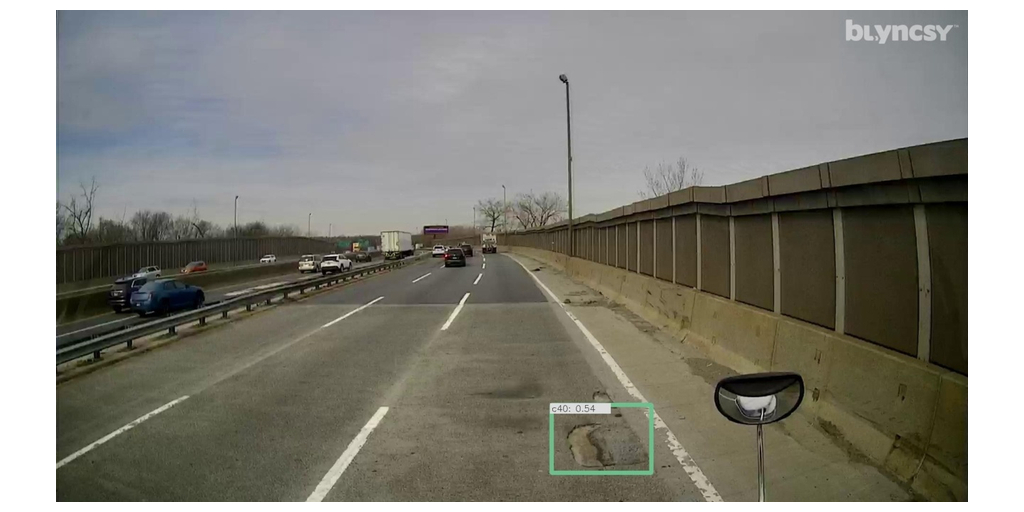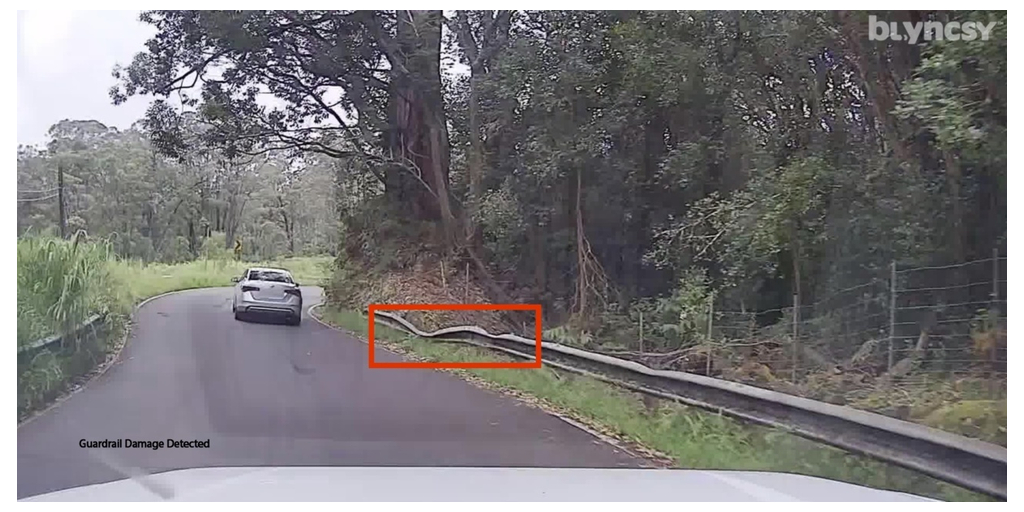President Eisenhower’s administration developed a proposal for an interstate highway system in 1953, eventually resulting in the enactment of the Federal-Aid Highway Act of 1956. The result was the Interstate Highway System. And while some older freeways were adopted into the system, most of the routes were completely new construction, greatly expanding the freeway network in the United States.
Construction of the original Interstate Highway System was judged complete in 1992, regardless of deviations from the original 1956 plan, and despite several stretches that did not fully conform with federal standards. The total construction cost approximately $114 billion in 1956 dollars, equivalent to more than $558 billion today. The system has continued to expand and grow as additional federal funding has provided for new routes to be added, and many future Interstate Highways are currently either being planned or under construction.
But highways are designed for vehicle traffic and the Interstate system is especially popular with trucks moving everything from coast to coast and boarder to border. And those trucks can be very heavily loaded. Coupled with the effects of weather and passenger traffic, highways—Interstate and local—are taking a beating. Unfortunately, some of the beating is the result of poor planning.
For example, roads, bridges, pipelines, and other types of infrastructure in Alaska will deteriorate faster than expected due to a failure by planners to account for the structures’ impact on adjacent permafrost, according to research by a University of Alaska Fairbanks Geophysical Institute permafrost expert and others.
The researchers found that top-down thawing isn’t confined to the area beneath the road surface. They found instead that thawing spreads outward, leading to destabilization of the embankment and subgrade and that it is caused by the formation of taliks—areas of ground that have thawed and remains unfrozen year-round—under a roadway’s toe, the prepared zone at the base of the embankment and abutting the natural terrain.
Rough Roads
And Alaska isn’t the only problem area. Rough roads and decreasing pavement quality nationally increase vehicle crash rates and slow down average vehicle speeds, posing major concerns for motorists and highlighting the importance of public transportation spending, West Virginia University economists have concluded. The research provides important evidence on the relationship between highway roughness and traffic outcomes using data from Federal-Aid Highway System roads in California from 2011 to 2019, including interstate highways and U.S. routes.
The findings also reveal significant social costs, in the form of reduced traffic safety, increased vehicle operating costs, and longer travel times. These costs underscore the need for changes in current transportation infrastructure investment policies. There is, therefore, a benefit to road maintenance and the results of this study help inform decisions to interrupt traffic flow on highways and interstates to improve pavement quality.
The federal government, both Congress and the administration, came to recognize the problems and, surprisingly, took action—finally. The Bipartisan Infrastructure Deal—formally known as the Infrastructure Investment and Jobs Act—created funding for highways and many major infrastructure projects. Included was $62.9 billion for the FHA (Federal Highway Admin.) for formula programs funded from the Highway Trust Fund that improve the safety and long-term viability of our nation’s highway systems, and $3.4 billion for Highway Infrastructure Programs and projects.
Overall, the 2023 funding bill provides $132 billion in discretionary infrastructure investments, which is in addition to $75.7 billion for infrastructure from dedicated fuel and aviation taxes and $36.8 billion in advance appropriations for fiscal year 2023. This bill brings the total federal investment in infrastructure for fiscal year 2023 to $244 billion.
Tax Dollars at Work
The funds are being distributed in many areas for many projects. As part of the U.S. Dept. of Transportation’s coordinated approach to helping states repair and rebuild roads and bridges that have been damaged by catastrophic events, including increasingly frequent extreme weather events, $749 million in Emergency Relief Program funds will be distributed to 39 states, the District of Columbia and Puerto Rico.
The majority of Emergency Relief funding goes toward reimbursement for states, territories, federal land management agencies, and Tribal governments to fix and restore roads and bridges in the aftermath of wildfires, hurricanes, flooding, and other weather-related events. That includes damage from events like Hurricane Ian in Florida and wildfires in Hawaii and throughout California.
As an example, the FHA announced $10 million in Emergency Relief funds for use by the Vermont Agency of Transportation (VTrans). The funding, in response to serious flooding, is designed to be used to support clearing mud and rockslides from the roadway; opening plugged culverts; repairing culverts and eroded shoulders; clearing material deposited by floodwaters onto structures; making repairs to damaged roadways and structures; and repairing and replacing guardrails.
In addition to providing Emergency Relief funds following natural disasters, the administration has worked closely with Vermont in recent years by providing funding for innovative tools that will help VTrans assess and make repairs in areas affected by natural disasters and flooding. Those tools include portable electronic devices and GIS (geographic information system) mapping the staff can use to obtain visuals and communicate remotely to determine where damaged sites are located. FHWA has also approved the use of alternate contracting methods by VTrans that will allow the state to quickly deploy contractors to repair Vermont’s transportation system.
The use of technology to find and identify repair and maintenance needs is becoming the norm. Some of the technology is adopted from other industries. According to Harbor Research, applications like computer vision caused the development of algorithmic systems that could recognize a pattern anomaly and execute an action based on the result. These new capabilities revolve around realtime situational awareness and automated analysis of very large volumes of sensor data.
As a result, technology has moved beyond just proposing task solutions—such as executing a work order or a sales order—to sensing what is happening in the world, analyzing that new information for patterns, risks, and possibilities, then presenting alternatives and automatically taking actions. Obviously, this creates new markets for established companies as well as start-ups.
Bentley Systems, well known as the infrastructure engineering software company, has acquired Blyncsy, aprovider of AI (artificial intelligence) services for departments of transportation. Blyncsy’s systems are used to support operations and maintenance activities. Founded in 2014 in Salt Lake City, Utah, by CEO Mark Pittman, Blyncsy applies computer vision and artificial intelligence in analyzing commonly available imagery to identify maintenance issues on roadway networks.

Blyncsy’s disruptive AI services replace costly and slow manual data collection efforts, reducing the need for personnel, specialized vehicles, or hardware in the field and improving transportation owner-operators’ awareness and timely mitigation of road conditions. Blyncsy detects more than 50 different roadway safety issues, including the actual location of active construction work zones.
As an example, the HDOT (Hawaii Dept. of Transportation) has implemented Blyncsy to proactively manage the highway system to be as safe and reliable as possible. HDOT wants to run in the most productive manner possible and Blyncsy provides weekly reports, with graphics and photos, detailing guardrail, roadway, and vegetation conditions that provide more tools to allow them to prioritize resources to address the needs of the system.

Blyncsy will adopt Bentley’s iTwin Platform for immersive integration with infrastructure owners’ engineering and simulation models, and Bentley will incorporate and bring to market Blyncsy’s AI services within its emerging mobility digital twin offerings. The digital twin ecosystem focus of Bentley’s iTwin Ventures portfolio is bolstered by accelerating the development and propagation of such broadly valuable infrastructure asset analytics.
Want to tweet about this article? Use hashtags #construction #sustainability #infrastructure #IoT #AI #cloud #edge


